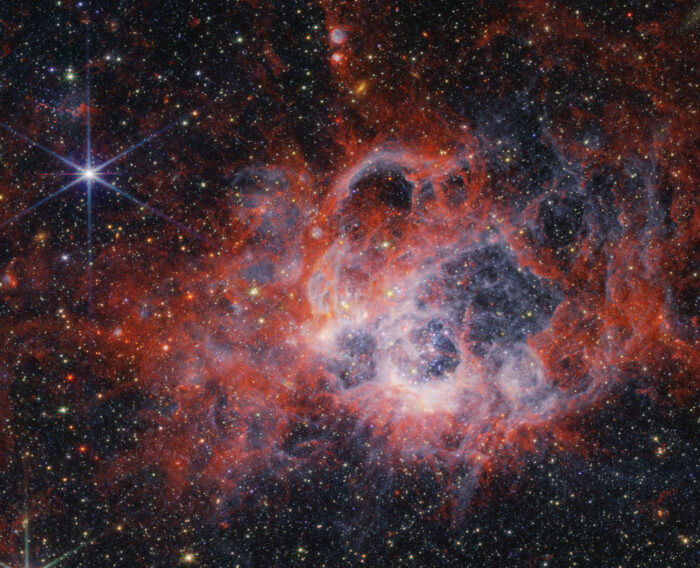A new paper by an international team of authors including HSRC researchers looks into the social dimensions of embedding Big Science astronomy projects in communities in the Global South.

Social studies and astronomy may superficially appear to be strange bedfellows and yet the location and implementation of highly sophisticated scientific projects such as large scale astronomical observatories do have an impact on the communities within which they are embedded.
Astronomy is incentivised to position large telescopes in the Global South, which faces the galactic plane, enabling observation of the Milky Way. Consequently, astronomy facilities are often characterised by a distinct power relationship: science infrastructure are built and owned by institutions of the Global North, but are increasingly geographically placed in the Global South, and thereby in direct relation with local communities in developing country contexts.
The question arises, can large scale science and technology projects be used to enhance social inclusion?
This new paper authored by researchers from South Africa, Brazil and the United States, investigates the impact of locating Big Science research facilities such as large telescopes in the Global South.
They write, “All large-scale telescope facilities are constructed within a geographical, social, historical, and political context that includes nested layers at the global, national, and local levels. However, discussions about the geographic siting of astronomy facilities, for example, the communities in which they are embedded or the interactions between the facility and its locale, are uncommon in social science studies of astronomy, and no extant review focused on this gap in the literature.”
Specially, the researchers explore the ways in which research about astronomy facilities and their local communities has emerged, and the extent to which it focuses on the Global South. They find that literature addressing the social and policy aspects of astronomy facilities has an emphasis on the Global North. However, literature addressing host communities has an emphasis on the Global South.
The images below are from a publication that was produced by the South African Agency for Science and Technology in celebration of Astronomy Month some years ago.



According to the authors, the discourses related to host communities in the Global South have emerged from reflections on the controversies related to large-scale telescopes in Hawai’i, Chile, and South Africa. One common theme linking these discourses is that a focus on benefits at the national and international levels obscures a range of problematic power dynamics and outcomes at the local level.
Key findings of the analysis:
- A focus on benefits at the national and international levels obscures a range of problematic power dynamics and outcomes at the local level.
- The notion of host sites, as an ‘empty space’ in which astronomical observation does not constitute impactful action among local communities, is challenged.
- The literature reveals different conceptualisations between the developers of astronomy infrastructures and those who live in the locality.
- These differences bring forth questions of power and domination.
- Showing how rationales of objectivity, neutrality, and “the-view-from nowhere” are pushed upon emptied spaces––spaces that ought, instead, to be understood as rich, diverse social places whose communities carry their own visions for what that locality should look like.
The Square Kilometre Array (SKA) project as an example
The researchers consider the ways in which indigenous communities of a locality understand their personal relationship to the land they reside in, and how changes that occur on this landscape affect them and their social identity. In the context of the SKA, articles by Davide Chinigò as well as John Parkington and co-authors tell a history of the upper Karoo and the indigenous peoples who are “not only in [these] places but of them”.
The authors include Dr Michael Gastrow and Yoliswa Sikhosana of the HSRC’s Science in Society unit in the Impact Centre. Read the open access research paper.
